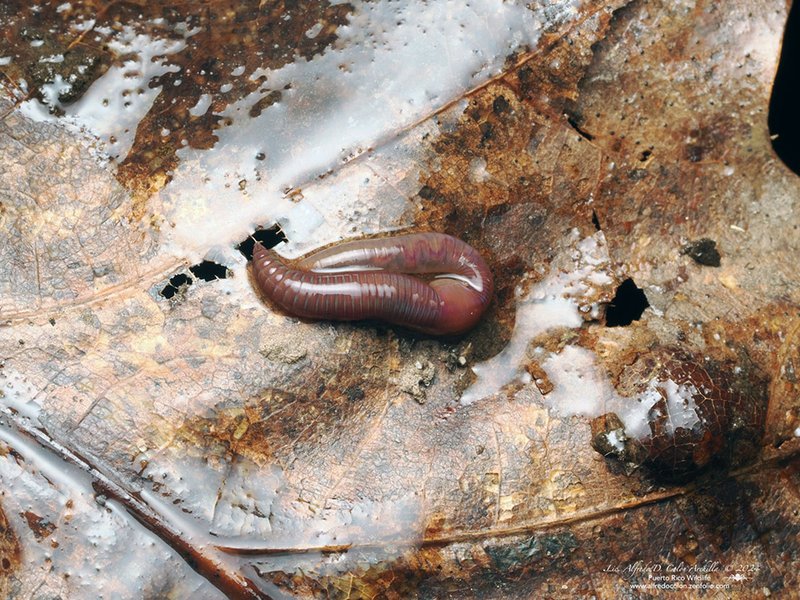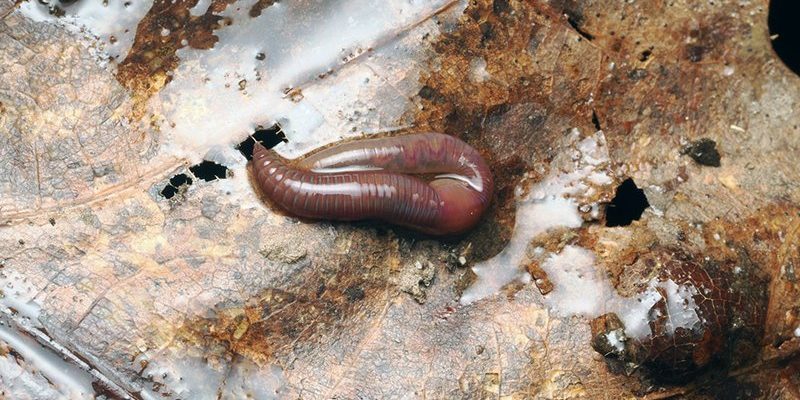
Let’s dig deeper into how earthworm activity varies across the seasons. Don’t worry if you’re not familiar with worms or gardening—this will be an easygoing exploration. Think of it as a chat over coffee, where you learn just how magnificent these little creatures are and what they can do for your outdoor space.
Spring: The Awakening
As the snow melts and temperatures rise, earthworms begin their annual awakening. This is their spring revival, much like a bear emerging from hibernation. The ground warms up, and the moisture levels increase, which makes it a perfect time for worms to venture out. You might find them surfacing when it rains, as they enjoy the damp conditions that help them move easily through the soil.
During spring, earthworms get busy. They start to feed on decaying leaves and organic matter left from the previous autumn. This is a crucial time for them as they replenish their energy reserves after the long winter. It’s also when they begin reproducing. One interesting fact is that earthworms are hermaphrodites, meaning each worm has both male and female reproductive organs. When two worms meet, they exchange sperm, which leads to the creation of new earthworm offspring—a little worm factory right under our feet!
Why Spring Matters
Understanding spring worm activity is essential for gardeners. If you’re looking to start planting, knowing that earthworms are active means you can enrich the soil with compost and organic materials. The worms will break down these materials and improve soil structure, ensuring your plants have the nutrients they need.
Another thing to remember is that while the worms are busy, you should avoid heavy tilling of the soil. Tilling can disturb their habitat and impact their populations. Instead, consider using a no-till gardening approach that allows worms their space to thrive.
Summer: Busy Bees of the Soil
As temperatures rise in summer, earthworms are in full swing. They’re not just lounging around; they’re hard at work. The warm weather means more food sources, like decomposing grass clippings and plant residue, are readily available for them. The worms tend to go deeper into the soil to escape the heat and maintain moisture, which is crucial for their survival.
During this season, they engage in a lot of feeding and reproducing. Their activity helps to aerate the soil, which is essential for root health. A well-aerated soil allows for better water infiltration and root penetration. If you’ve ever noticed your plants thriving in summer, you can give a nod of thanks to the earthworms underground!
Managing Soil in Summer
For those of you gardening in summer, here’s a tip: keep the soil covered with organic mulch. This not only helps maintain moisture but also provides a food source for earthworms. If you’re practicing good watering habits, remember to water deeply but less frequently, which encourages worms to come closer to the surface.
Plus, during this time, you don’t want to use harsh chemical fertilizers or pesticides. These substances can harm earthworm populations, disrupting the beneficial activities they bring to your garden. Instead, use organic or natural fertilizers to promote a healthy ecosystem.
Fall: Preparing for Winter
As summer fades and fall sets in, earthworm activity starts to shift once again. The cooler temperatures signal a change in their behavior. Earthworms become less active as they prepare for winter’s chill. They begin to tunnel deeper into the ground, seeking insulation from the frost above. This is when they also consume a lot of organic matter to build up reserves for the colder months.
You might notice fewer sightings of worms on the surface as they retreat. However, their underground activity is vital for soil health, as they continue to break down organic material and improve nutrient cycling. This process enhances the soil, creating a rich habitat for plants to thrive well into the next growing season.
Fall Gardening Tips
For those prepping your garden for winter, consider adding a layer of compost or leaf mulch. This not only supports earthworm activity but also protects the soil during colder months. Avoid heavy digging as worms are already moving deeper—let them do their thing!
It’s a good time to plant winter cover crops, too. These crops not only benefit from the worm activity below, but they also provide food for the worms as they break down once they die off in winter.
Winter: The Deep Sleep
When winter arrives, earthworms enter a state of dormancy. With the ground frozen and temperatures dropping, their activity significantly slows down. They stay deep in the soil, where temperatures are more stable, seeking refuge from the harsh conditions above.
Although they may not be visible, earthworms are still doing important work. Even in this dormant state, they help maintain soil structure, ensuring that when spring arrives, they’re ready to jump back into action. It’s nature’s way of conserving energy during the cold months, much like how bears hibernate.
Why Winter Matters
If you’re a gardener, it’s essential to understand that while the worms aren’t active, they’re still a part of the ecosystem. Winter is a great time to plan for the spring. You might consider adding organic matter to your soil before it freezes, which will break down and be ready for those worms when they wake up in spring.
Also, avoid disturbing the soil too much during winter. Heavy snow or frost can compact the soil, making it harder for worms to re-emerge. Instead, focus on maintaining a healthy layer of mulch or cover crops to protect the soil structure.
Understanding **earthworm activity across seasons** helps us appreciate their role in our gardens and ecosystems. From their spring awakening to their busy summer endeavors, and their quiet hibernation in winter, these little creatures are key players in maintaining soil health.
So next time you’re digging in your garden, think of the worms working tirelessly beneath your feet. By fostering a healthy environment for them—like avoiding harsh chemicals and maintaining organic matter—you’ll set the stage for a thriving garden. Embrace the cycle, and remember: a healthy garden is a team effort, with earthworms as unsung heroes in the background.

